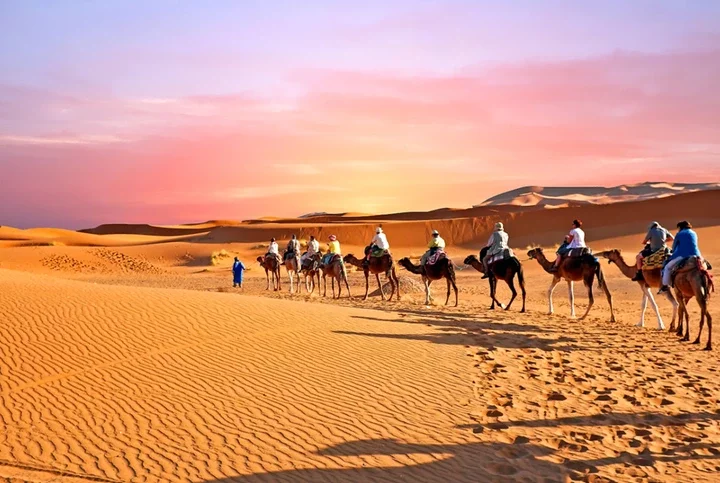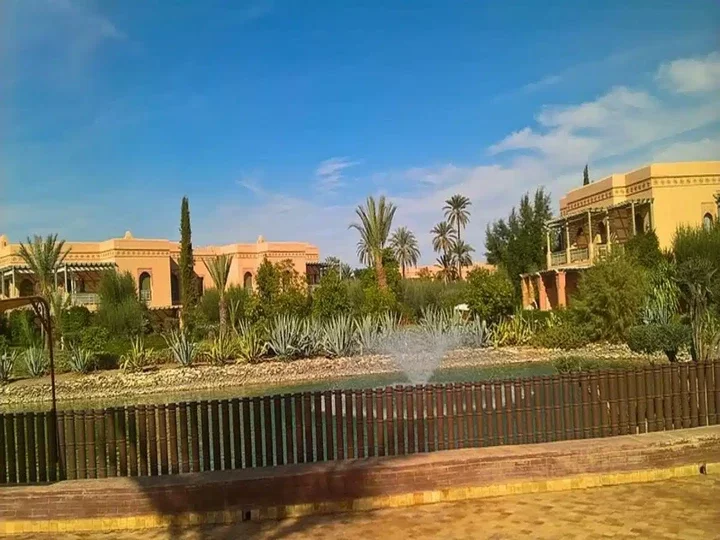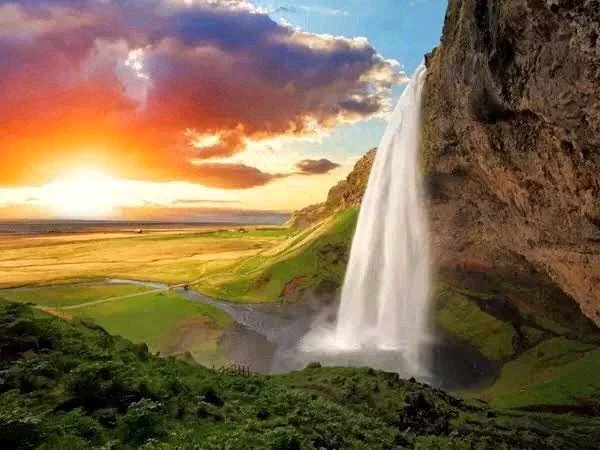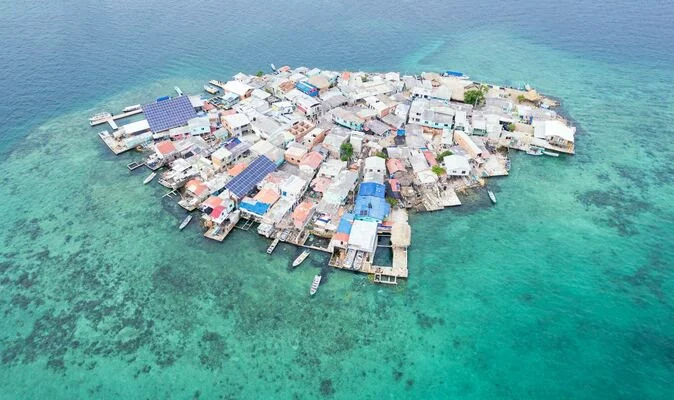
The largest deserts in the world have different attributes in terms of natural features. But they all share certain things, such as the weather conditions (dry, cold, or snowy), sandy environments, and rocky areas. Animals and plants thrive in some deserts despite the harsh weather. Find out more about these deserts:
1. Antarctica Desert
The Antarctica Desert is the largest in the world, with an area of 5.5 million square miles. It is a place with extreme weather conditions and strong wind. Even though this desert has harsh conditions and is covered with ice and snow, it is still a place of beauty and scientific significance.
2. Arctic Desert
The Arctic Desert is mainly surrounded by snow, rock, and glaciers. During summer, ice melts and freezes briefly. It has an area of 5.4 million square miles. Plants barely survive here, but polar bears, Ivory gulls, and Atlantic walruses can be found in the Arctic.
3. Sahara Desert
The Sahara Desert covers much of North Africa, with an area of 3.6 million square miles. The Sahara is the world's third largest and top hot desert. It is famous for its very high sand areas that form beautiful landscapes. Early morning sunset at this desert creates a golden shade or colour that makes it very iconic.
4. Arabian Desert
The Arabian Desert is in the Middle East; it covers several countries, including Yemen, Oman, the United Arab Emirates, and Saudi Arabia. It is the largest in Asia and the fourth largest desert globally. Its features are strong heat and vast sand areas. It occupies almost the entire Arabian Peninsula, about 900 thousand square miles.
5. Great Australian Desert
This desert surrounds most regions in Australia, and it is about 529 thousand square miles. There are usually high rates of rainfall, but it is reduced sometimes. The Australian Desert is diverse naturally; it has sandstone, grassy landscapes, rivers, and salt lakes. In the world, this desert has the largest population of feral camels.
6. Gobi Desert
The Gobi is a cold desert in northern China and southern Mongolia. "Gobi" means a waterless region in Mongolian, while in Chinese, it means a rocky desert. Its 500 thousand square miles showcase rocky landscapes, snowfall, and gravel.
7. Kalahari Desert
The Kalahari Desert is a sandy savanna that covers 350 thousand square miles and extends across parts of South Africa, Botswana, and Namibia. Despite its dryness, plants and animals such as meerkats and oryx survive in the Kalahari, which is also one of Africa's outstanding deserts.
8. Patagonian Desert
The Patagonian Desert is the largest in Argentina and eighth in the world, occupying about 260 thousand square miles. Its harsh environment does not hinder some animals - they stay where food is abundant. You would find eagles, hawks, foxes, snakes, and iguanas.
9. Syrian Desert
This desert cuts across the eastern area of Jordan, southern Syria, and northern parts of Saudi Arabia; it covers about 200 thousand square miles. The Syrian desert is dry and rocky but historical; it shows ancient civilization and archeological sites.
10. Great Basin Desert
The Great Basin Desert is a hot, dry, and snowy desert in the United States. It is about 190,000 square miles and extends into eastern California from Utah and Nevada. The basin is unique for its large valleys, making it one of America's most fascinating desert landscapes.













.jpg)


Comments